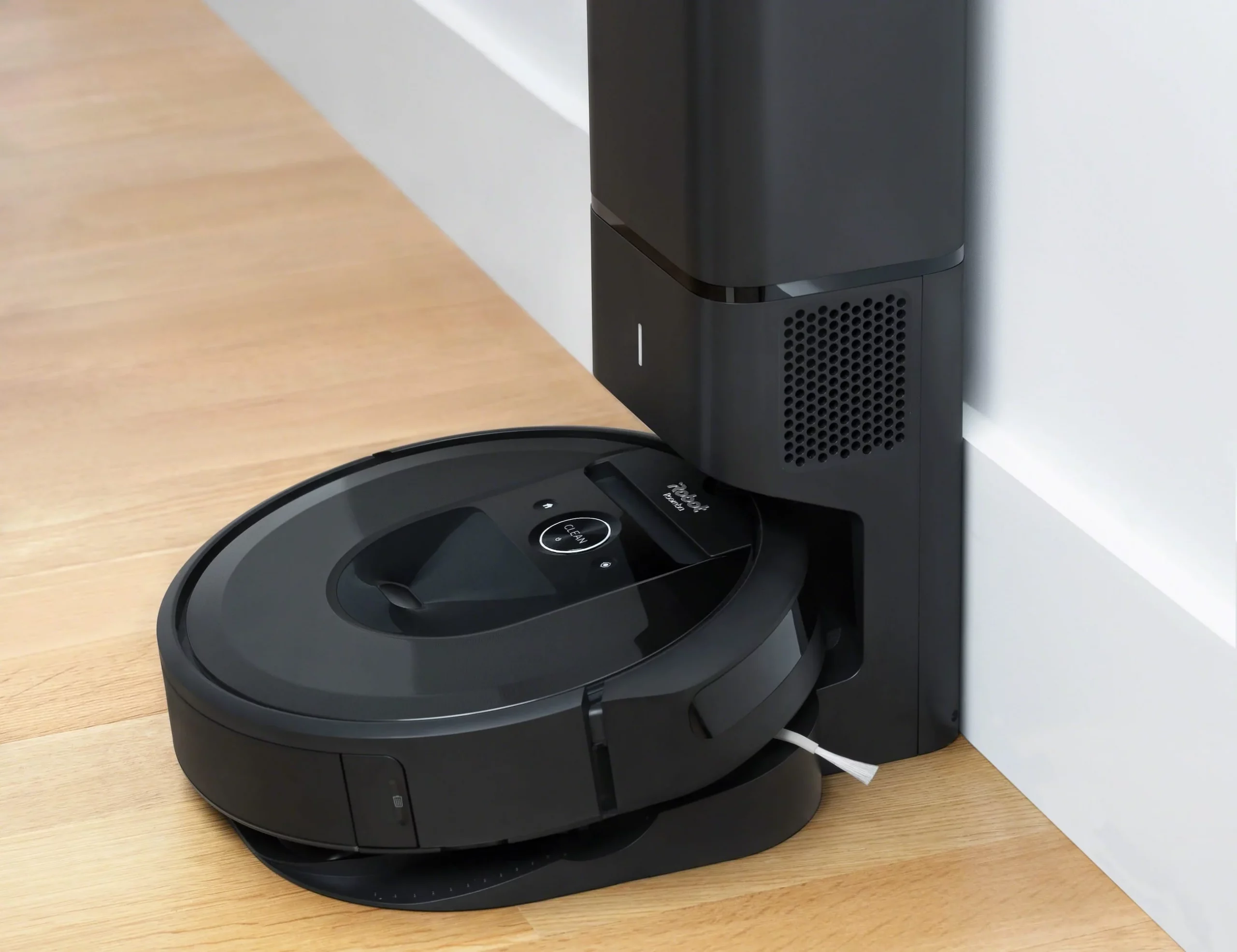Gadget of the Week
Gadget of the Week: Roomba with a (little) view
The age of the robot vacuum cleaner has officially dawned in South Africa, writes ARTHUR GOLDSTUCK as he unleashes the Roomba i7 on his carpets.
What is it?
While we have had a smattering of robot cleaners arriving on these shores in recent years, with brands ranging from Hobot to Xiaomi, something was missing before iRobot officially entered South Africa last month with its Roomba range.
The iRobot devices have been made available in the country through a distribution agreement with Core Group, best known for bringing the iPhone and other Apple products into the country, along with premium names like Nintendo, Fitbit and Griffin.
“Working together with Core Group, we look forward to establishing the brand and delighting consumers with our leading range of Roomba robot vacuums and Braava robot mops,” says Stefan Bernard, iRobot’s general manager for Europe, Middle East and Africa.
The devices start at R5,499 for the 600 Series entry-level connected Roomba model, going up to R24,999 for the top-of-the-line Roomba s9+. We tried out something closer to the middle, the Roomba i7+. It includes cutting-edge innovations, like dual multi-surface brushes, Dirt Detect sensors, and the Clean Base Automatic Dirt Disposal and charging unit. The latter means it cleans up after itself, as it empties its own bin into an AllergenLock bag that promises to hold up to 60 days of dirt and dust.
It is managed via an app, or what iRobot grandiosely calls the Genius Home Intelligence Platform. The app also allows one to name the device. The temporary name for the one we tested, “OhCrumbs”, had the unfortunate effect of giving it an aura of personality, making the household all the more attached to it.
It can be linked to Google Home and Alexa-enabled devices, allowing it to be controlled by voice.
The cleaning unit is charged in a home base which houses the storage bag, and represents the starting point for every vacuuming session. The Roomba uses the first session to learn the lay of the land, so to speak, and to build up a digital map of obstacles and no-go areas. This allows it to remember where it’s been, and where it is not supposed to be. Each successive session refines the map, but is also quicker than the one before as the device gets into its routine.
After it has completed the required cleaning operation, it returns to the base station to empty its bin and recharge. If it runs low on battery power while cleaning, it automatically returns for a recharge.
The first session needs close supervision, as one has to ensure the Roomba doesn’t run over wires and cables that can’t be moved, or intrude into areas where fragile objects are kept, such as pet bowl locations or kids’ play areas.
Our cries of “Oh crumbs!” as it ran into humans and cats must have proved very confusing to the Roomba. Or maybe not, but that is the kind of impression one gets when first messing around with humanising robots.
The biggest surprise delivered by the i7 is just how thorough a cleaning job it did. Examining the contents of the storage bag, we were astonished by how much cat hair, dust and assorted particles of dirt had been hiding in our carpets.

How much is it?
R15,999, from select retailers, including iStore, Takealot, and direct through the iRobot.co.za website.
Why should you care?
The robot vacuum category was created by iRobot as far back as 2002. Having sold over 30-million robots worldwide, the company has proven credentials in the sector. It holds over 1,500 patents, including advanced concepts in navigation and mapping, human-robot interaction and physical cleaning solutions.
As a result, the Roomba is to robot vacuum cleaners what Kleenex is to facial tissues and Xerox to photocopying: it has become almost a generic term for the category.
Biggest negatives
- That is one serious pricetag. One has to weigh it up against time saved and the cost and effort of labour involved to do the same thing the old-fashioned way.
- It is not always as smart as one would hope, sometimes repeatedly missing a conspicuous scrap of paper or running into obstacles its sensors should help it avoid.
- It can’t do stairs.
Biggest positives
- The mapping system means the robot is gradually customised to the unique design and contours of the home of its owner.
- A separate control unit the size of a remote control device can be placed anywhere to create temporary, invisible Virtual Wall barriers when one has, for example, spread a toy collection across a carpet. It can be set either as a linear barrier to black a doorway, or as a circular barrier to protect, for example, a vase or water bowl.
- It’s great at navigating over varied surfaces, like mats, ridges and carpet protectors
- It quickly becomes a beloved member of the household, complete with being blamed when things go wrong.
* Goldstuck is founder of World Wide Worx and editor-in-chief of Gadget.co.za. Follow him on Twitter on @art2gee



















